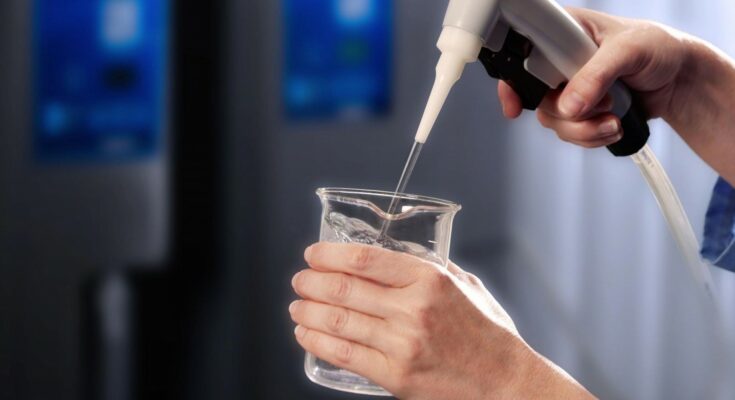We advise that you comprehend the distinction between reverse osmosis and deionized water if you want to select the greatest water purification system for your business. You need to have access to pure water in order to carry out your tasks and procedures. You can make an informed choice if you are aware of the many processes used to create reverse osmosis and deionized water. Continue reading to learn more.
Osmosis Water Reverse
Reverse osmosis is a natural process. And the opposite is true of reverse osmosis water filters. Reverse osmosis is the process of moving water molecules through a semipermeable membrane to a high ionization concentration.
The mechanism is used by your body’s cells to maintain osmotic balance. With this technique, the unit is under intense pressure on one side. To purify water, the aim is to force it through a certain membrane.
Reverse osmosis water filters can often eliminate up to 99% of water impurities. It is critical to remember that this method is not flawless. However, it is undeniably cost-effective since if you use the membranes properly, they can withstand the test of time.
Desalinated Water
Deionized water undergoes a procedure that virtually eliminates all of the mineral ions, including sulfate, chloride, copper, iron, calcium, and sodium. Ion exchange resins are also used in the deionized process. These resins’ function is to exchange hydrogen and hydroxyl ions. These ions are then united once more to create water.
As time goes on, impurities with positive and negative charges reveal molecules of oxygen and hydrogen. It’s imperative to get the filter updated at this time. Additionally, this procedure has the advantage of providing filtered water on demand.
There are various ways to determine the quality of filtered water. The electrical resistivity and conductivity test is the easiest approach to take. Positive or negative charges are present in the majority of dissolved inorganic materials. In addition, they have the ability to transmit an electrical current once electrodes are submerged in water.
If there are more ions present in the water, the conductivity will be even higher. Water’s conductivity is a measurement of how well it can carry current. For instance, ocean water contains a variety of organic and inorganic substances as well as salt. Seawater is therefore very conductive.
This was a brief introduction to reverse osmosis and deionized water. We advise installing a quality unit to meet your demands if you are considering to buy this kind of device. Before making a decision, we advise you to take your budget and other preferences into account. Making sure you receive the greatest value when buying a water filter is the goal.



